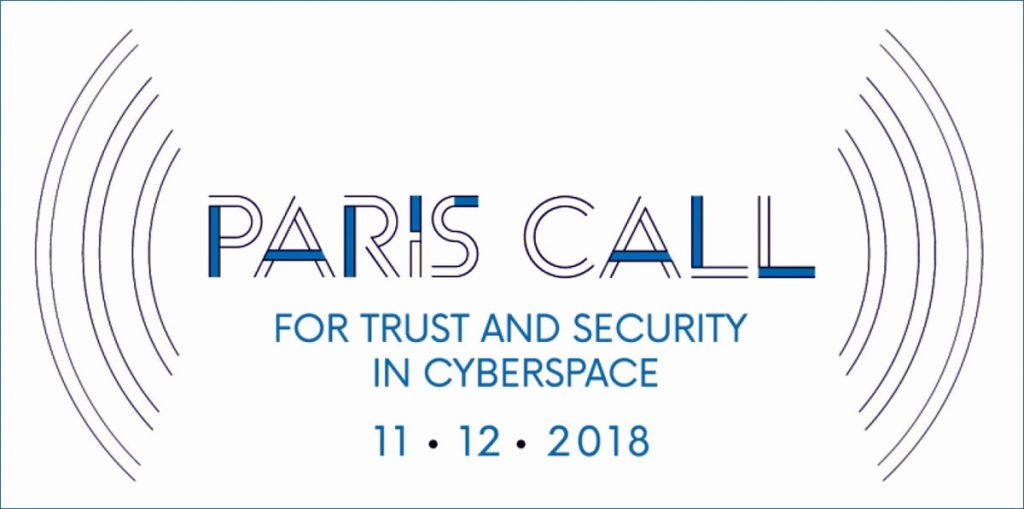Latest Security Unicorn Netskope Scores $168.7M Series F
 An IPO is on the horizon but being acquired is not. “We are fiercely independent,” Netskope CEO Sanjay Beri said.
An IPO is on the horizon but being acquired is not. “We are fiercely independent,” Netskope CEO Sanjay Beri said.
Red Hat Squeezes OpenStack, OpenShift Closer Together
 The OpenStack Platform 14 update makes it easier to install and run OpenShift in that environment and to run Kubernetes-orchestrated containers on bare metal.
The OpenStack Platform 14 update makes it easier to install and run OpenShift in that environment and to run Kubernetes-orchestrated containers on bare metal.
OpenStack Expands With New Projects, Canonical’s CEO Is Not Thrilled About It
 According to the OpenStack Foundation board the new strategy reflects the desire of OpenStack users. But Canonical’s CEO thinks it distracts from the group’s core mission.
According to the OpenStack Foundation board the new strategy reflects the desire of OpenStack users. But Canonical’s CEO thinks it distracts from the group’s core mission.
ThoughtSpot Brings Search-Based Analytics to Google Cloud
 The search and AI-driven analytics company also added new integration with the Google Cloud Machine Learning Engine.
The search and AI-driven analytics company also added new integration with the Google Cloud Machine Learning Engine.
How Cities Should be Preparing for 5G Deployments
 Municipalities that catalog their wireless assets and streamline their cell site approvals will be more appealing to wireless operators that are plotting their 5G deployments.
Municipalities that catalog their wireless assets and streamline their cell site approvals will be more appealing to wireless operators that are plotting their 5G deployments.
Nokia Cleaves Customer Operations With Focus on 5G
 The company's current global head of Customer Operations Ashish Chowdhary will depart Nokia on Jan. 1, 2019. He will take a leadership position at another unnamed company.
The company's current global head of Customer Operations Ashish Chowdhary will depart Nokia on Jan. 1, 2019. He will take a leadership position at another unnamed company.
Disastrous Cloud Transformation? Change Management Could Be the Answer
 To be successful in the cloud world, there needs to be an organizational shift within companies to encompass both change management and skills management.
To be successful in the cloud world, there needs to be an organizational shift within companies to encompass both change management and skills management.
Cisco Combines SD-WAN and Security, Extends Intent-Based Networking to Wireless
 The new Cisco SD-WAN Security product combines Viptela’s technology with Meraki, Cisco’s cloud-managed IT service and wireless LAN product, plus Cisco security software.
The new Cisco SD-WAN Security product combines Viptela’s technology with Meraki, Cisco’s cloud-managed IT service and wireless LAN product, plus Cisco security software.
Android does not support DHCPv6 and Google ‘Won’t Fix’ that
Since 2012 there has been a ticket open on Google's public 'Issue Tracker' requesting Android support DHCPv6. On 6th November the status of the issue was changed to 'Won't Fix (Intended Behavior)'.
The fact that Android does not support DHCPv6 may come as something of a surprise to those network engineers more familiar with IPv4. DHCP is a keystone of IP networks, one piece of network automation that has been widely adopted for years, and an important source of auditing by storing the IP and MAC address combination at the server.
Autoconfig baked-in
But hang on you 32-bit wranglers, we are talking v6 here and that protocol has host address generation baked in, in the form of Stateless Address Autoconfiguration, or SLAAC. In the v6 world, the local gateway acts as vital source of information for the attached end clients, issuing periodic Router Advertisements, or RAs. These advertisements can contain the local prefix, and if that is a /64 with the 'A' flag set, the end client can generate its own address; using the /64 as the network portion and making up the other 64 bits itself. Moreover, it allows clients to generate multiple, temporary prefixes to help prevent attacks Continue reading
We Won’t Save the Internet by Breaking It

On the anniversary of the armistice ending the First World War, more than 40 countries stood together for security online by signing the Paris Call for Trust and Security in Cyberspace. The call, which sets out a list of challenges the world needs to tackle, seems to be promising on paper. From hacking to harming the public core – all of this needs to be addressed. And it needs to be addressed urgently.
Others signed the call too. The Internet Society signed because we believe it is a continuation of calls we have made before. It maintains that solutions to Internet issues must be developed together with other Internet stakeholders – each performing its role, and all working collaboratively.
This approach is what allows the Internet to thrive and is key to the ultimate success of this call. Open, decentralized, and distributed. It’s not the traditional multilateral way of doing things, but it is the Internet way – the only one that can work.
There are real and pressing Internet security concerns. It’s critical that signatories to the call do not imagine they can address the concerns alone. The Internet depends, as a technical fact, on cooperative voluntary action, so Continue reading
